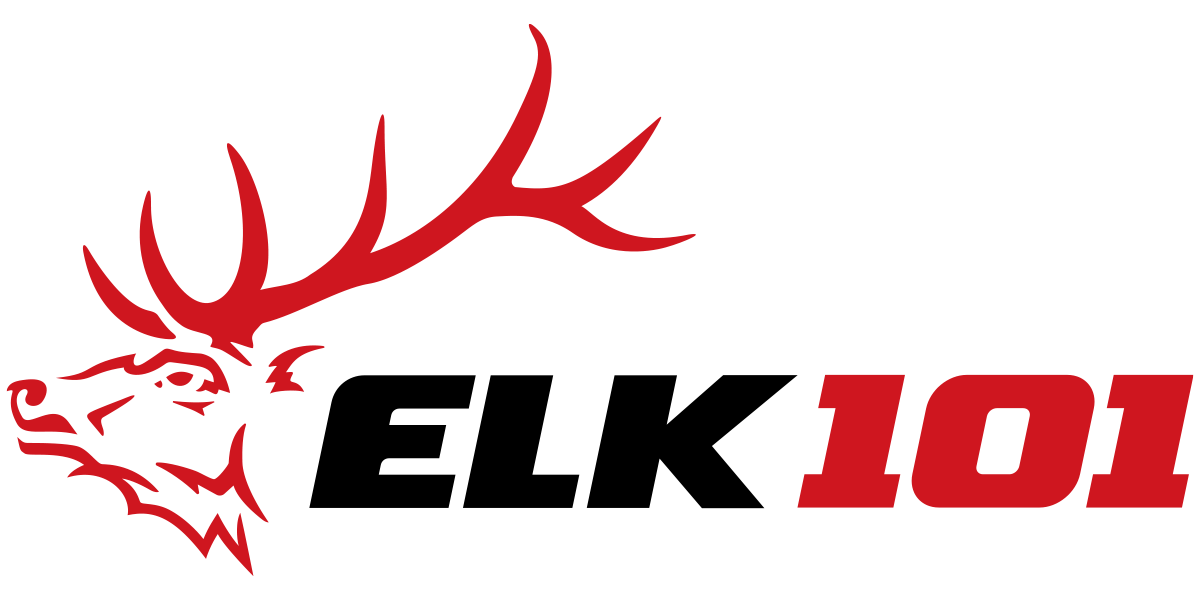In the Heat of the Moment
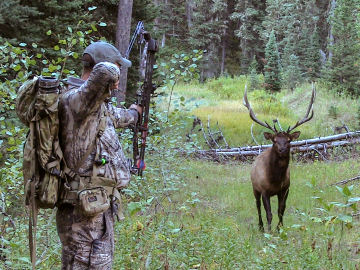
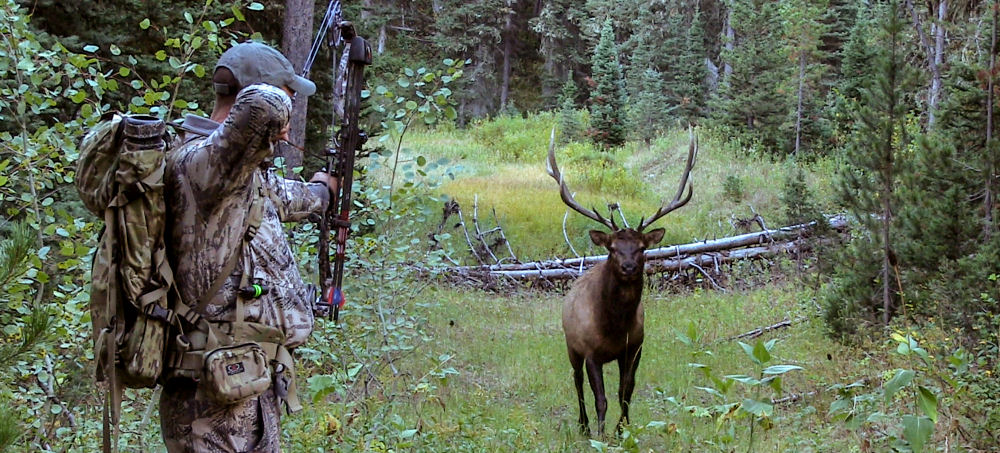
Several years ago, I wrote an article titled “The Setup: Elk Huntings’ Critical Conjuncture”. In that article, I talked about how the setup is truly the most critical point in an elk hunt where success or failure is determined. Or, in other words, your setup will determine your success more than any other aspect of the hunt. And there is good reason for that.
If you imagine a t-shirt that lists all the reasons why a hunter might not fill their tag, the majority of those excuses would likely involve the setup: setting up behind a tree, drawing bow too early, misjudging the yardage, having no shooting lanes….the list goes on and on. I simply can’t stress enough the importance of your setup when it comes to elk hunting.
But even once you’ve gotten setup in a great location, there is a lot more that goes into achieving success – those small things that take place right in the “Heat of the Moment”.
I received an email a few weeks back from a University of Elk Hunting Online Course Member, and he asked several questions about what to do in the “Heat of the Moment”. They were great questions, and I want to share the questions – and my answers – with you.
To start off, I’ll say this…many answers to these questions are going to be learned best by experience, and there really isn’t a “set” answer for them as the decision is likely going to be different in every scenario. With that being said, here are my thoughts on several “Heat of the Moment” decisions…
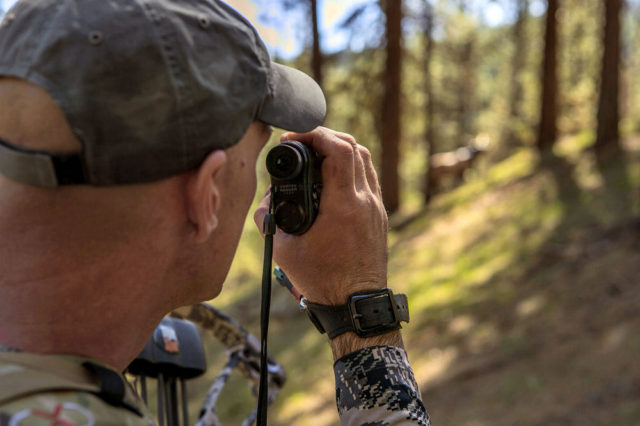 Once a bull is coming in to your calls and you are all set up, what is your process? Meaning, do you rangefind, and if so, when do you put your rangefinder down and draw back, etc.?
Once a bull is coming in to your calls and you are all set up, what is your process? Meaning, do you rangefind, and if so, when do you put your rangefinder down and draw back, etc.?
As soon as I get set up, I start ranging every obstacle that I can find as a “landmark” – prominent trees, rocks, brush, etc. I try to find landmarks in several different locations, along where I predict the elk will come in. Way before the elk ever shows up, I will have “marked” locations from 20-60 yards. When the elk shows up, rather than wasting the time and movement trying to actually range the elk, I find one of my pre-ranged landmarks, and determine the range of the elk from that. This allows me to draw my bow back before the elk even steps into my shooting lanes or setup.
Once you’ve drawn back, what’s your thought process? When do you know it’s time to shoot or if you should wait for the elk to take a step or turn a little bit before you shoot?
If I know the range and the elk steps into a shooting lane and stops at a good angle, I shoot. It really is that simple. Confidence in my shooting abilities at the ranged distance coupled with a good shot angle equals a shot…period. If I’m unsure of the distance or the elk is at a bad angle, I wait. Once I make the decision to shoot, I have to be 100% confident that my decision is going to provide a favorable outcome. If the elk is moving, I look ahead and find a shooting lane, and as soon as he steps into it, I give a cow call to stop him. Provided that the angle is good – and I know the range – I shoot. If he stops in a lane, but the angle is bad, I have to wait at full draw until he moves and presents a good shot. This really comes down to integrity, and doing the right thing, no matter how desperate you might be to fill an elk tag. A poor decision in the “Heat of the Moment” can lead to regret and disappointment far more times than it will lead to success.
I’ve seen some hunters wait a long time – maybe too long – and others shoot a less than ideal shot. Where is the right balance?
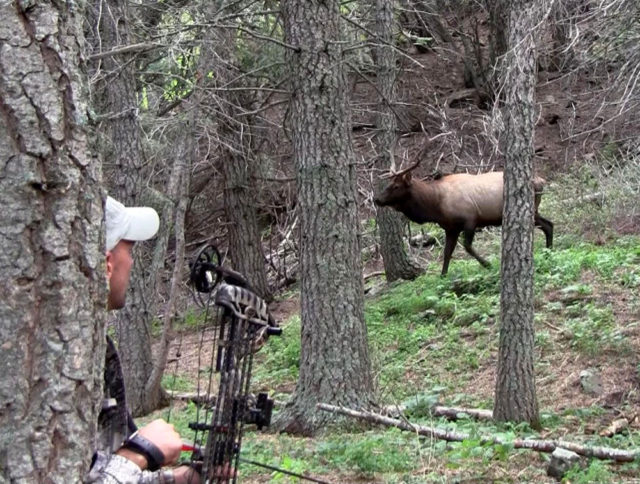 In my opinion, there really is no balance. That certainly doesn’t mean that every hunter will wait for or take the exact same shot. But in this case, a balance would be considered a compromise, and when it comes to a shot on an elk, a compromise is not something I’m willing to make. I know my effective range – and I’m confident in my abilities at my effective range. That range may be different for other hunters, but what is most important is that we all stick to our individual effective range and never compromise that.
In my opinion, there really is no balance. That certainly doesn’t mean that every hunter will wait for or take the exact same shot. But in this case, a balance would be considered a compromise, and when it comes to a shot on an elk, a compromise is not something I’m willing to make. I know my effective range – and I’m confident in my abilities at my effective range. That range may be different for other hunters, but what is most important is that we all stick to our individual effective range and never compromise that.
There really isn’t a cut and dry answer for when the right time to shoot is. That decision is an individual decision, but I will say that I would much rather see someone wait too long and not take a shot that they “might” have been able to make than to force it and take a less than ideal shot.
It is never a good decision to shoot a bad shot. Elk are big, tough animals, and “hoping” to get lucky usually turns out bad for both the hunter and the elk. Always wait until you are 100% confident in the shot you take.
If my effective range is 60 yards and the bull is at 60 yards, should I shoot or wait for him to get closer? And how do you know if he’s going to continue coming in closer or if he’s done?
If I am confident in my shooting at 60 yards and the bull stops in a lane and I know the range, I shoot. Everyone needs to have their pre-determined limitations on distance, and then stick to those in the heat of the moment. If an elk is inside my limitations and presents a good shot, I shoot. If he is outside that range, I wait.
With that being said, obviously I would prefer a 10-yard shot over a 60-yard shot every time. If the bull is coming in solidly – on a string with no indication that he is wary or cautious – I’ll wait for him to come closer before I give a cow call to stop him in a lane. If he is coming in and doesn’t appear cautious, but simply stops to assess the situation, I’ll hold steady and wait for him to resume his approach. In this situation, I would hope my calling partner would give the bull a reason to proceed… 🙂
If the bull stops because he sees my movement or senses something isn’t right, he probably isn’t coming closer. That is where experience and being able to read the body language of the elk becomes so important. The elk likely won’t proceed if he’s been alerted to something not being right. If he is on the far end of my effective range, I’ll probably elect to pass int hat situation. An alert elk poses a higher risk, as an elk can move incredibly fast at the sound of a bow shot. At those farther ranges, he has a good chance of moving his vitals away from where you were aiming, which typically leads to a miss or a wounded elk.
Summary
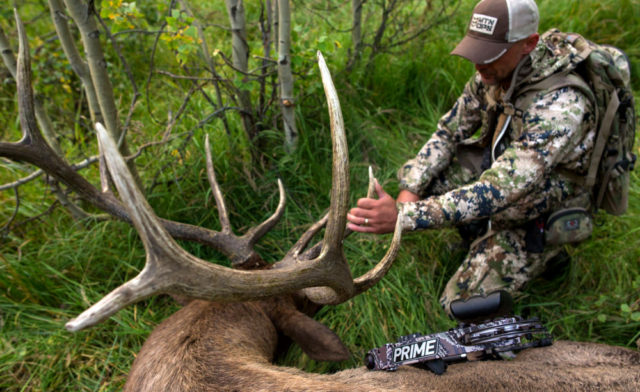 One thing I want to stress here is that every situation – and every hunter – is going to dictate a potentially different decision in the “Heat of the Moment”. There really isn’t a cut and dry answer that can be applied like a blanket for every hunter and every situation. However, the general principal of integrity and ethics does apply like a blanket, and as long as we are each confident in the individual decisions we make, the times that we experience disappointment and regret will be vastly limited.
One thing I want to stress here is that every situation – and every hunter – is going to dictate a potentially different decision in the “Heat of the Moment”. There really isn’t a cut and dry answer that can be applied like a blanket for every hunter and every situation. However, the general principal of integrity and ethics does apply like a blanket, and as long as we are each confident in the individual decisions we make, the times that we experience disappointment and regret will be vastly limited.
I know how badly most elk hunters want to fill their elk tags, but compromising on our confidence and effective range in the Heat of the Moment is never a good decision, even if the outcome happens to work out. Losing an elk can – and does – happen, even after we’ve done all we can to make a great shot. But those situations are a little easier to cope with when you know you’ve done everything within your power to make the best decision possible.
There are so many things that happen out of our control in elk hunting. Mentally walking through how you’ll handle the excitement and adrenaline – and those critical “Heat of the Moment” decisions – before they arise, is vital to true success.
